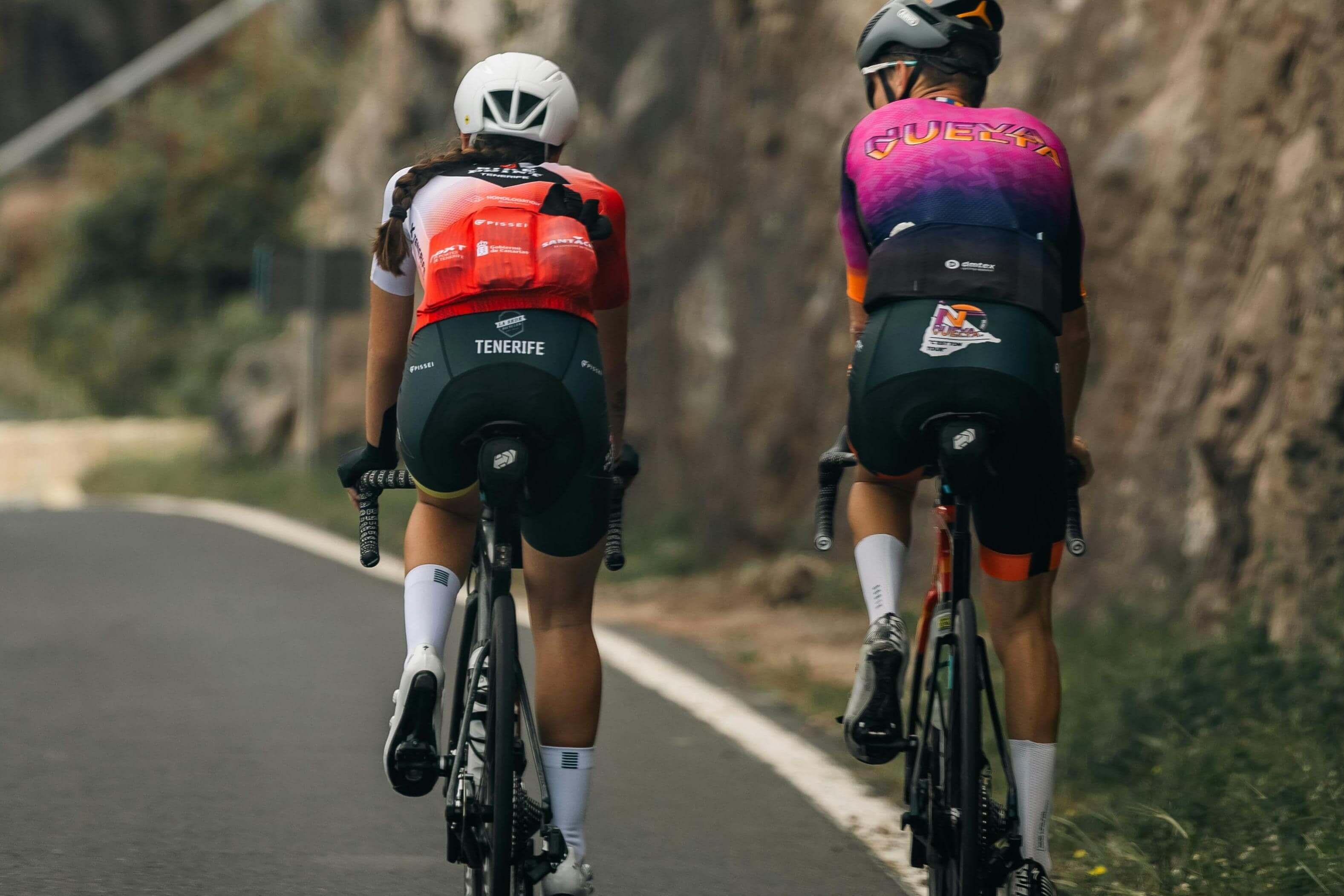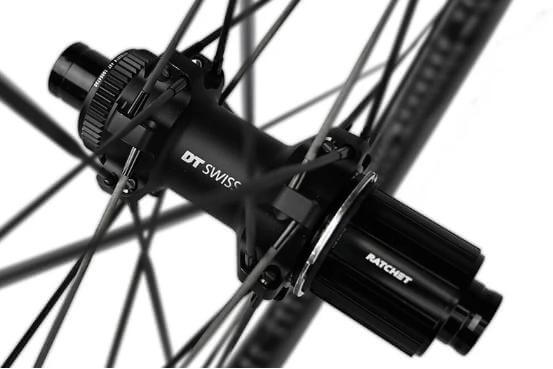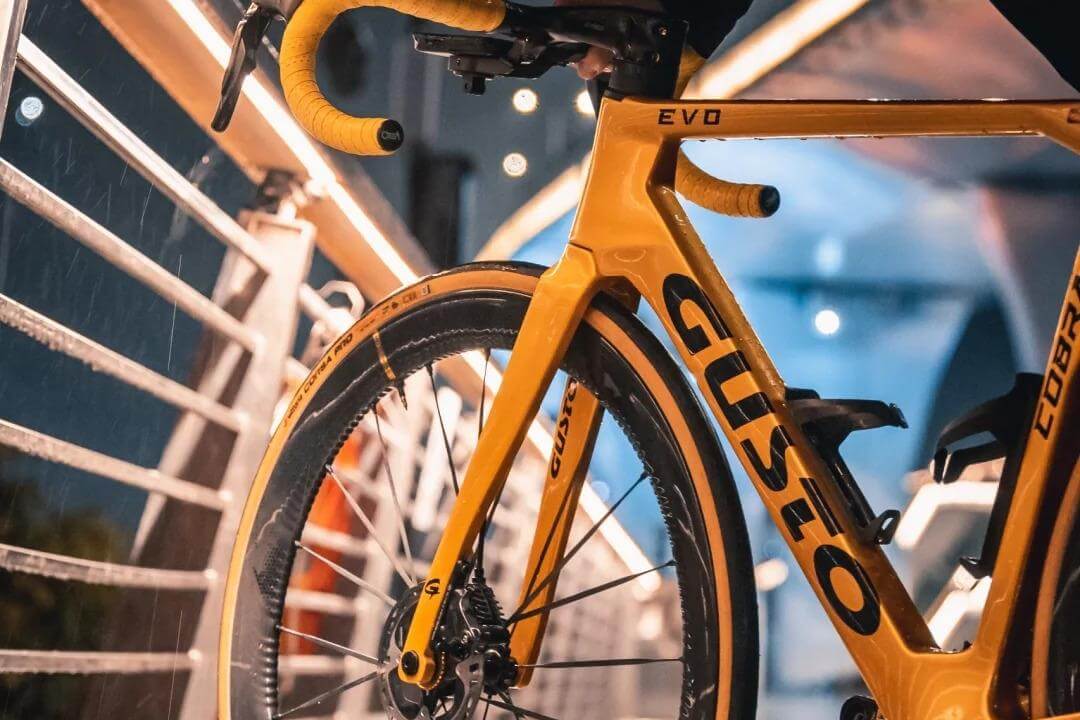When upgrading your wheelset or rear hub, you might have heard the term “engagement points.”
It’s one of the key indicators of hub performance, but many riders tend to overlook it or only understand it at a surface level, thinking that “the higher the number, the better.”
This article will help you truly understand what hub engagement points are and how they impact your real riding experience.
1. What Are Hub Engagement Points?
Simply put, engagement points refer to the number of positions within a 360° rotation where the hub’s ratchet system can engage.

Inside the hub, power is typically transferred through a pawl and ratchet mechanism. When you pedal, the pawls engage the ratchet teeth, driving the rear wheel forward.
The more engagement points, the smaller the gap between each engagement, and the faster the hub responds.
For example:
18 engagement points: roughly every 20° of pedal movement allows engagement.
54 engagement points: roughly every 6.7° of pedal movement allows engagement.
120 engagement points: roughly every 3° of pedal movement allows engagement.
2. Is a Higher Engagement Always Better?
Many people assume more engagement points are always better, but it depends on your riding style.
(1) Advantages of High Engagement Hubs:
Faster pedal response, perfect for climbing, sprinting, acceleration, and technical terrains (like gravel or mountain trails)
Extremely sensitive, reacts immediately to light pedal strokes, reducing lag

(2) Disadvantages of High Engagement Hubs:
More complex ratchet design and higher cost
More friction points, which can create slight pedal resistance, especially noticeable at high cruising speeds
May produce more noise or have reduced durability if not well-lubricated
(3) Advantages of Low Engagement Hubs:
Simpler structure, more affordable
Lower rolling resistance, smoother for long-distance road rides
Usually quieter and easier to maintain
3. How Do Engagement Points Affect Riding Experience?
(1) Climbing / Quick Starts
In steep climbs, starting from a stop, or sprinting out of corners, a high engagement hub provides quicker response, minimizing pedal lag.
(2) Gravel / Technical Sections
For gravel riding, mountain biking, or bumpy terrain, precise pedal control requires a high-engagement hub. Otherwise, you might feel delayed engagement, especially when carefully navigating tricky sections.
(3) Flat Road Cruising
At high cruising speeds on smooth roads, lower engagement hubs feel smoother and offer lower pedal resistance, making it easier to maintain speed over long distances.
(4) Downhill Coasting
Higher engagement hubs tend to produce a louder, faster “buzz” when coasting. Some riders love this mechanical sound, while others prefer a quieter coasting experience.
4. How to Choose the Right Engagement for You?
Different riding styles call for different engagement preferences:
(1) Road cruising / casual riding: 18–36 points are ideal
(2) Climbing / road racing: 36–54 points offer quicker response
(3) Gravel/mountain biking: Some prefer over 54 points for faster engagement, while others may still choose lower engagement hubs for smoother rolling
Extreme riders: Those chasing ultimate responsiveness may opt for hubs with over 90 engagement points
Note: The frame you choose also matters. Some hubs require specific frame spacing and cassette compatibility. Always check frame and component fit before upgrading.
5. Conclusion: More Engagement Isn’t Always Better—The Key Is Fit
If you are:
A rider who enjoys flat road cruising or long-distance rides: lower engagement hubs will feel smoother and more efficient.
A climber, racer, or explosive rider: high-engagement hubs will give you quicker, more confident power transfer.
A gravel rider, technical trail enthusiast, or someone who values pedal sensitivity: hubs with over 54 engagement points are recommended.
Don’t blindly chase the highest specs. Choosing the right engagement is all about what suits your riding style best.










Leave a comment
All comments are moderated before being published.
This site is protected by hCaptcha and the hCaptcha Privacy Policy and Terms of Service apply.